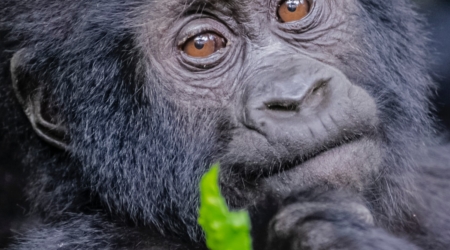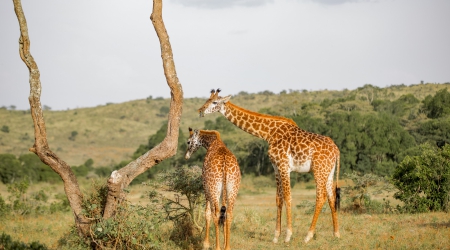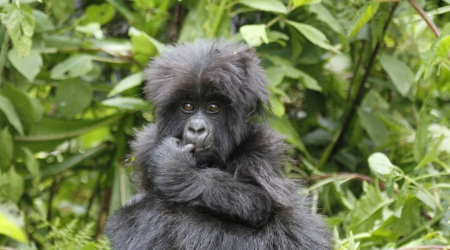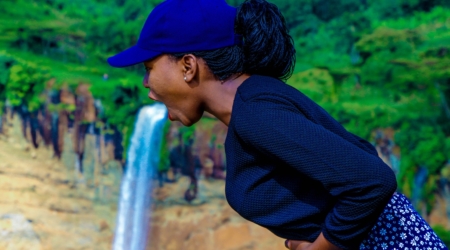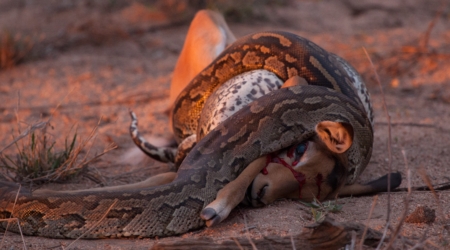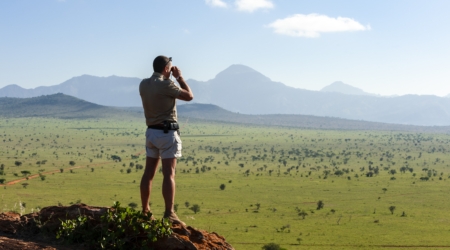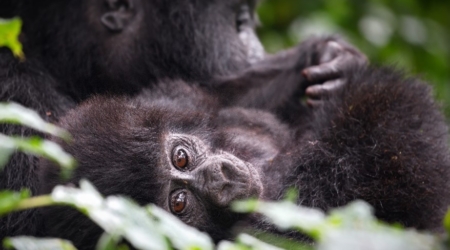Uganda ranks among Africa’s most rewarding birdwatching destinations, offering a remarkable variety of species across its forests, wetlands, savannahs, and high-altitude regions.
Labelled the Pearl of Africa, Uganda hosts more bird species than any other country of its size in Africa.
Over 1,080 bird species call Uganda home—more than the US and Canada combined—in a country smaller than Oregon.
Why Uganda is a Premier Birdwatching Destination
Uganda’s position at the junction of Central and East African ecosystems creates an overlap rarely found elsewhere.
This means a single trip can yield forest specialists, savannah raptors, and wetland rarities—something even top birding destinations like Kenya or Tanzania don’t offer at this scale.
The country sits at the meeting point of several biogeographical zones, including the Guineo-Congolian rainforests, Sudanese savannahs, and the Albertine Rift montane forests.
This ecological overlap creates conditions that sustain an extraordinary concentration of wildlife, making Uganda one of the most productive birdwatching destinations in Africa.
Uganda supports nearly half of Africa’s bird species and represents approximately 10% of the world’s total bird population.
The country is particularly significant for birdwatchers interested in range-restricted species, including Albertine Rift endemics that are rare elsewhere.
In addition to its endemics, Uganda provides critical habitats for migratory species that pass through the East African flyway, further increasing its seasonal bird diversity.
Best Birdwatching Locations in Uganda
Uganda’s diverse ecosystems support an extensive range of bird species, making it an exceptional destination for birdwatching.
The country’s top birding sites are across national parks, wetlands, forest reserves, and savannah ecosystems, each offering unique opportunities to observe rare and sought-after species.
1. Bwindi Impenetrable National Park
Bwindi Impenetrable National Park lies within the Albertine Rift Valley, a globally important region for range-restricted species.
It is one of the most significant birdwatching sites in Africa, with over 350 recorded species, including 23 Albertine Rift endemics that are largely absent from the rest of East Africa.
Bwindi’s montane forest is the only place in East Africa where you can reliably search for the African Green Broadbill.
Most sightings happen in Ruhija’s bamboo zone, and success often depends on tracking calls through thick undergrowth.
Habitat & Birding Areas
Bwindi’s terrain consists of montane and lowland forests, providing dense canopy cover and a highly productive birding environment. The park’s birding trails are in four key sectors: Buhoma, Ruhija, Rushaga, and Nkuringo.
Notable Bird Species
Birdwatching in Bwindi requires patience and a keen ear, as many of its key species are deep-forest dwellers that rely on vocal communication. The forest supports a range of rare and specialized forest species, including:
- African Green Broadbill (Pseudocalyptomena graueri) – One of Africa’s most sought-after birds, this elusive species is primarily found in Ruhija’s bamboo zone.
- Grauer’s Rush Warbler (Bradypterus graueri) – A secretive warbler that thrives in Bwindi’s swampy clearings and is often heard before it is seen.
- Shelley’s Crimsonwing (Cryptospiza shelleyi) – One of Africa’s rarest finches, with highly localized populations in Bwindi and Mgahinga.
- Doherty’s Bushshrike (Telophorus dohertyi) – Recognizable by its striking red and green plumage, often seen in forest edges.
- Rwenzori Batis (Batis diops) – An Albertine Rift endemic typically found in the mid-elevation forest zones.
- Handsome Francolin (Pternistis nobilis) – Another Albertine Rift endemic, best spotted along forested trails in Ruhija.
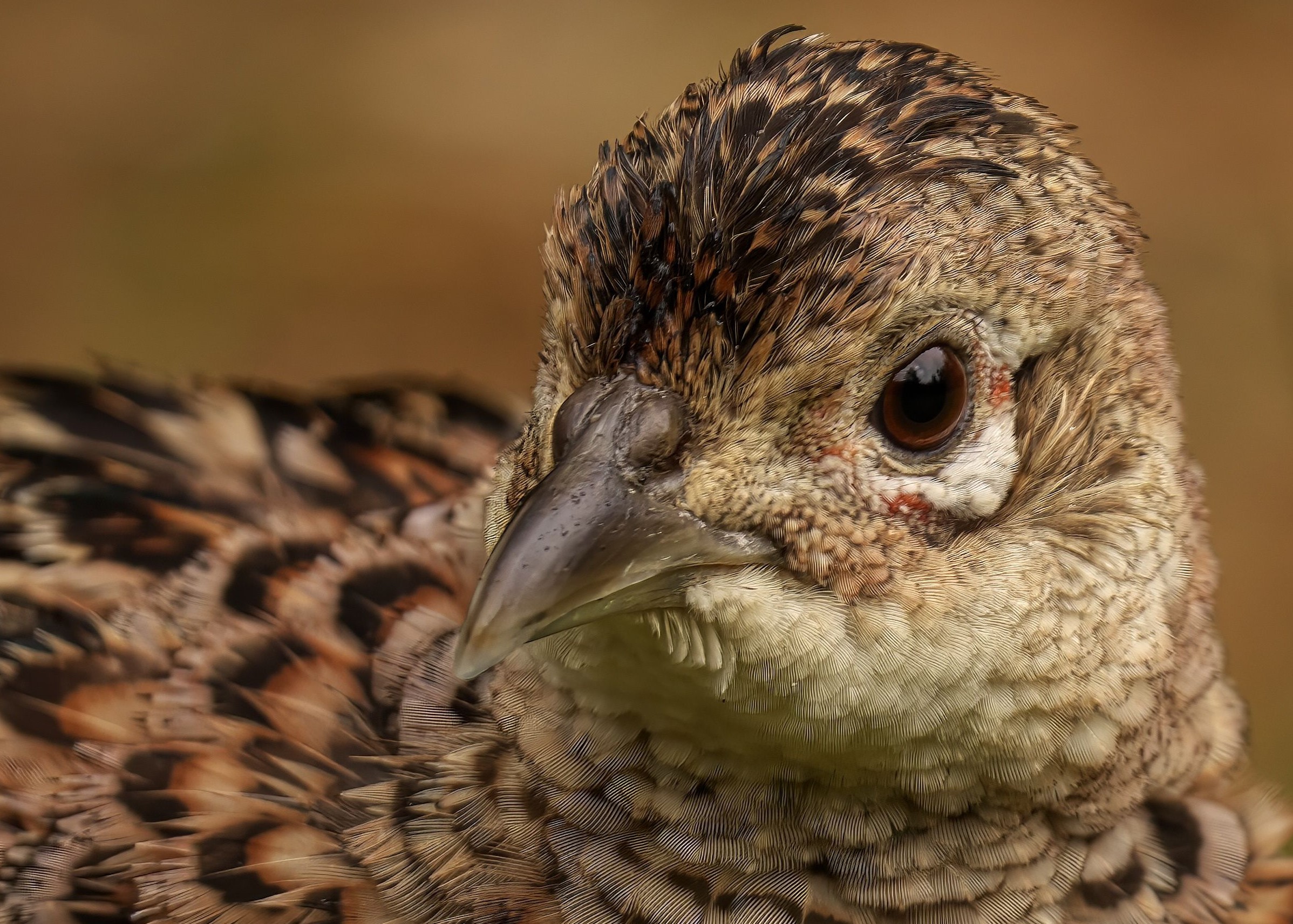
2. Mabamba Bay Wetland
Mabamba Bay Wetland is Uganda’s premier site for viewing the Shoebill (Balaeniceps rex), one of the most iconic and sought-after bird species in Africa. Located along the northern shores of Lake Victoria, this expansive papyrus swamp is designated as a RAMSAR Wetland of International Importance due to its role in supporting waterbirds, migratory species, and globally threatened birds.
Habitat & Birding Areas
Mabamba consists of open water channels interspersed with floating vegetation, primarily papyrus (Cyperus papyrus) and water lilies. The wetland’s structure provides ideal feeding and nesting grounds for numerous species, particularly marsh-dwelling birds. Birdwatching here is conducted by canoe, allowing access to the narrow channels where key species are often observed at close range.
Notable Bird Species
- Shoebill (Balaeniceps rex) – The highlight of birdwatching in Mabamba. This prehistoric-looking bird is best seen during the early morning hours when it hunts lungfish in the shallows.
- Papyrus Gonolek (Laniarius mufumbiri) – A secretive but colourful species that thrives in the papyrus thickets.
- Blue-breasted Bee-eater (Merops variegatus) – Frequently spotted perched along the wetland edges.
- White-winged Warbler (Bradypterus carpalis) – A specialist species restricted to papyrus swamps.
- African Pygmy Goose (Nettapus auritus) – Often seen gliding on open water between patches of floating vegetation.
- Goliath Heron (Ardea goliath) – The world’s largest heron, commonly observed along the lake fringes.
- Lesser Jacana (Microparra capensis) – A small and agile waterbird that moves across floating vegetation.
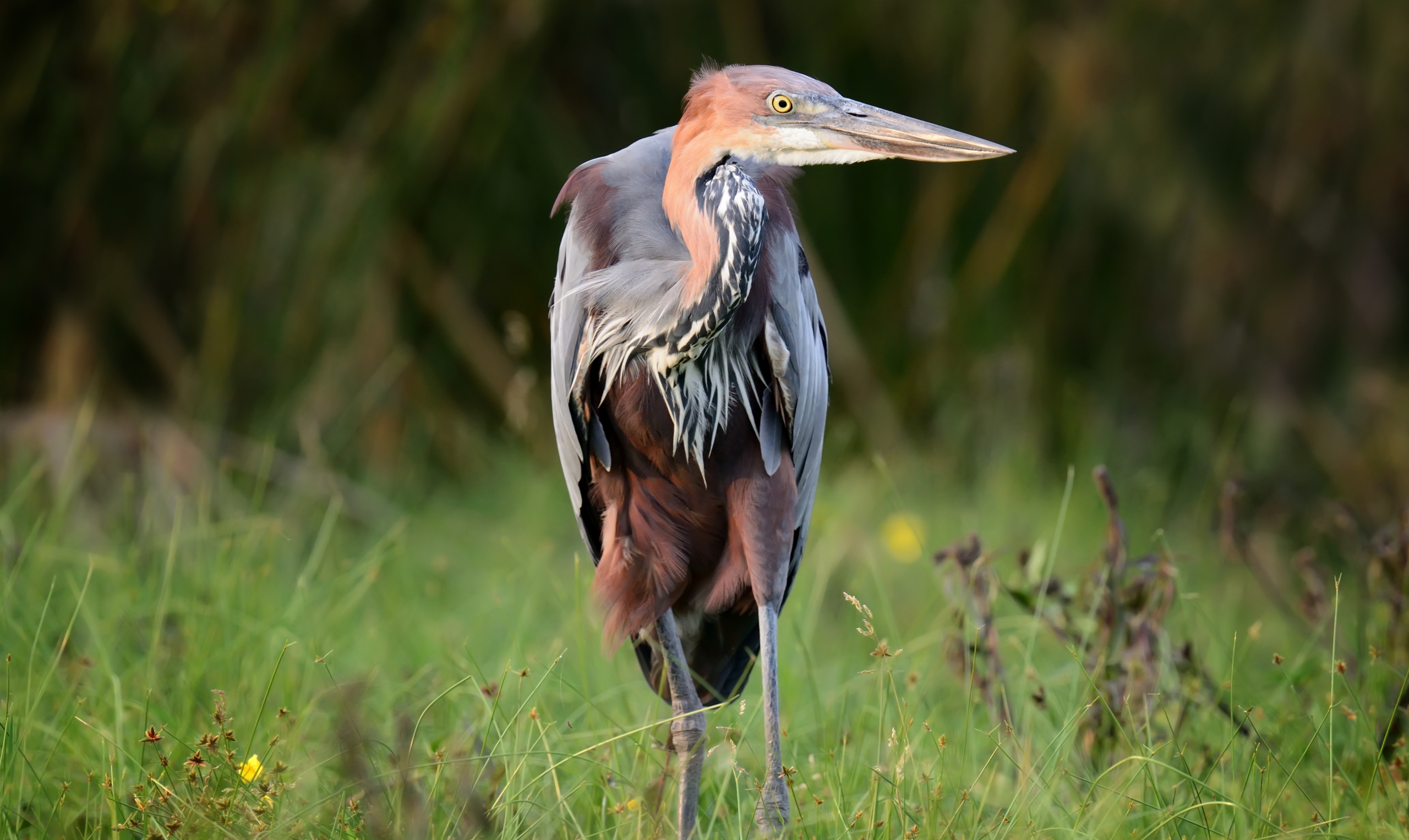
3. Queen Elizabeth National Park
Queen Elizabeth National Park is one of Uganda’s richest birdwatching sites, holding over 600 recorded species—the highest diversity of any protected area in East Africa. The park’s varied ecosystems, including savannah, wetlands, woodlands, and lowland forests, create an exceptional range of habitats that support both resident and migratory birds. Located in western Uganda along the Albertine Rift, the park is a key stronghold for several sought-after species and provides excellent opportunities for combining birdwatching with game viewing.
Habitat & Birding Areas
The park’s birdlife is spread across different zones, with key birding locations including:
- Kazinga Channel – A prime site for waterbirds, best explored by boat.
- Maramagambo Forest – A semi-deciduous tropical forest with forest specialists.
- Ishasha Sector – Characterized by open savannah and riparian woodlands, home to rare species.
- Lake Munyanyange – A seasonal crater lake attracting large flocks of migratory birds.
Notable Bird Species
- African Skimmer (Rynchops flavirostris) – Frequently seen along the Kazinga Channel, skimming the water’s surface for fish.
- Shoebill (Balaeniceps rex) – Occasionally spotted in the wetlands around Lake Edward.
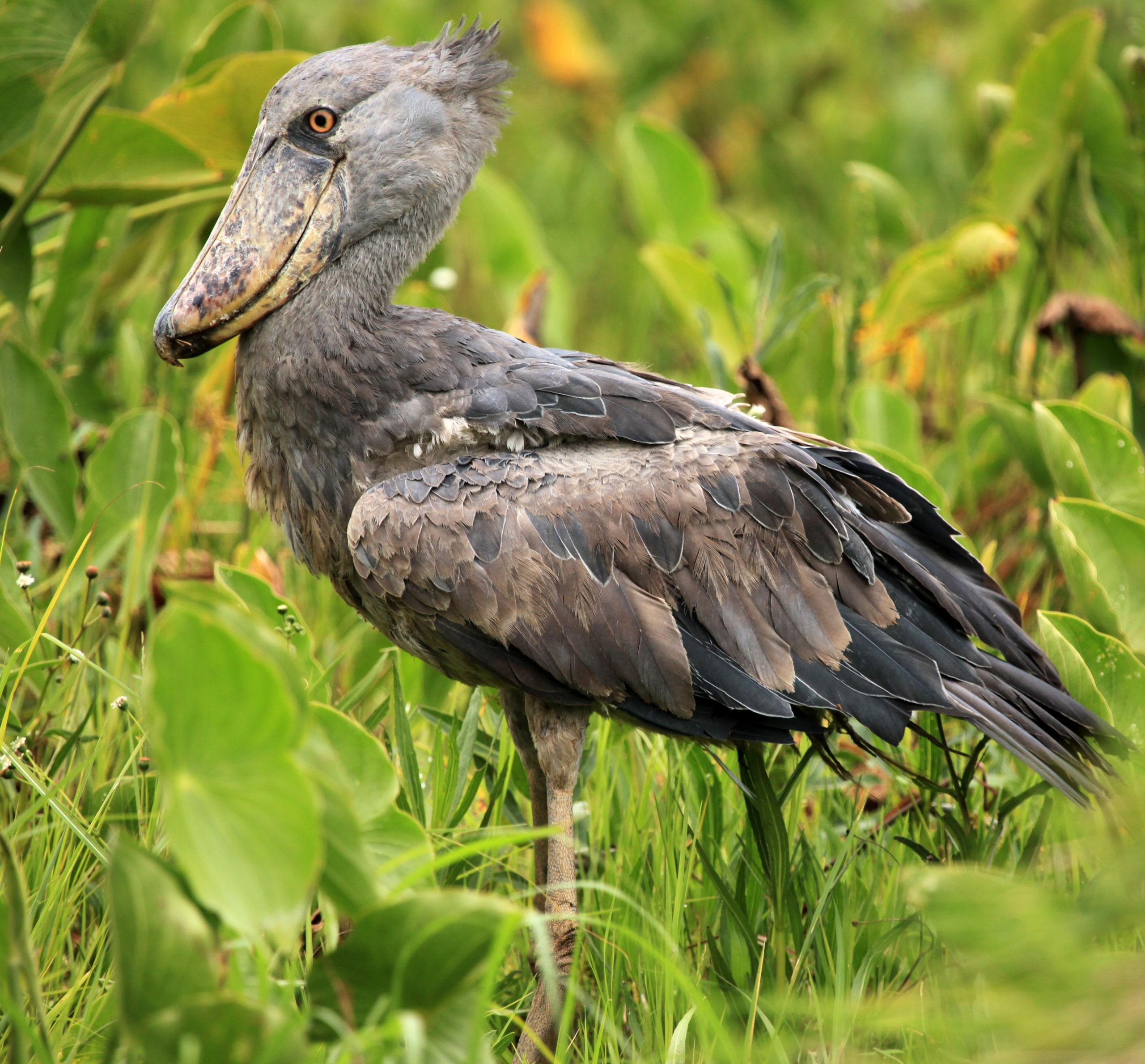
- Palm-nut Vulture (Gypohierax angolensis) – Commonly observed near palm-dominated woodlands.
- Flamingos (Phoeniconaias minor & Phoenicopterus roseus) – Large congregations occur at Lake Munyanyange during migration seasons.
- White-backed Night Heron (Gorsachius leuconotus) – A secretive species often found in dense riparian vegetation.
- Black Bee-eater (Merops gularis) – Common in forested sections of Maramagambo.
- Rufous-bellied Heron (Ardeola rufiventris) – Frequently seen along marshy fringes of water bodies.
4. Murchison Falls National Park
Murchison Falls National Park is one of Uganda’s premier birdwatching destinations, offering a mix of savannah, riverine, and forested habitats that support over 450 recorded bird species.
As Uganda’s largest national park, it presents diverse birding opportunities ranging from open-country birding on game drives to specialized riverine birding along the Nile.
The park is particularly known for the Shoebill, which can be seen in the delta area, making it a high-priority destination for birdwatchers visiting Uganda.
Habitat & Birding Areas
The park’s key birding zones include:
- Albert Nile Delta – The best place in Uganda to see the Shoebill.
- Buligi Peninsula – A mix of open savannah and acacia woodland, ideal for grassland and raptor species.
- Kaniyo Pabidi Forest – A section of Budongo Forest within the park, home to forest specialists.
- Paraá & Victoria Nile Riverbanks – Excellent for water-associated species and birds of prey.
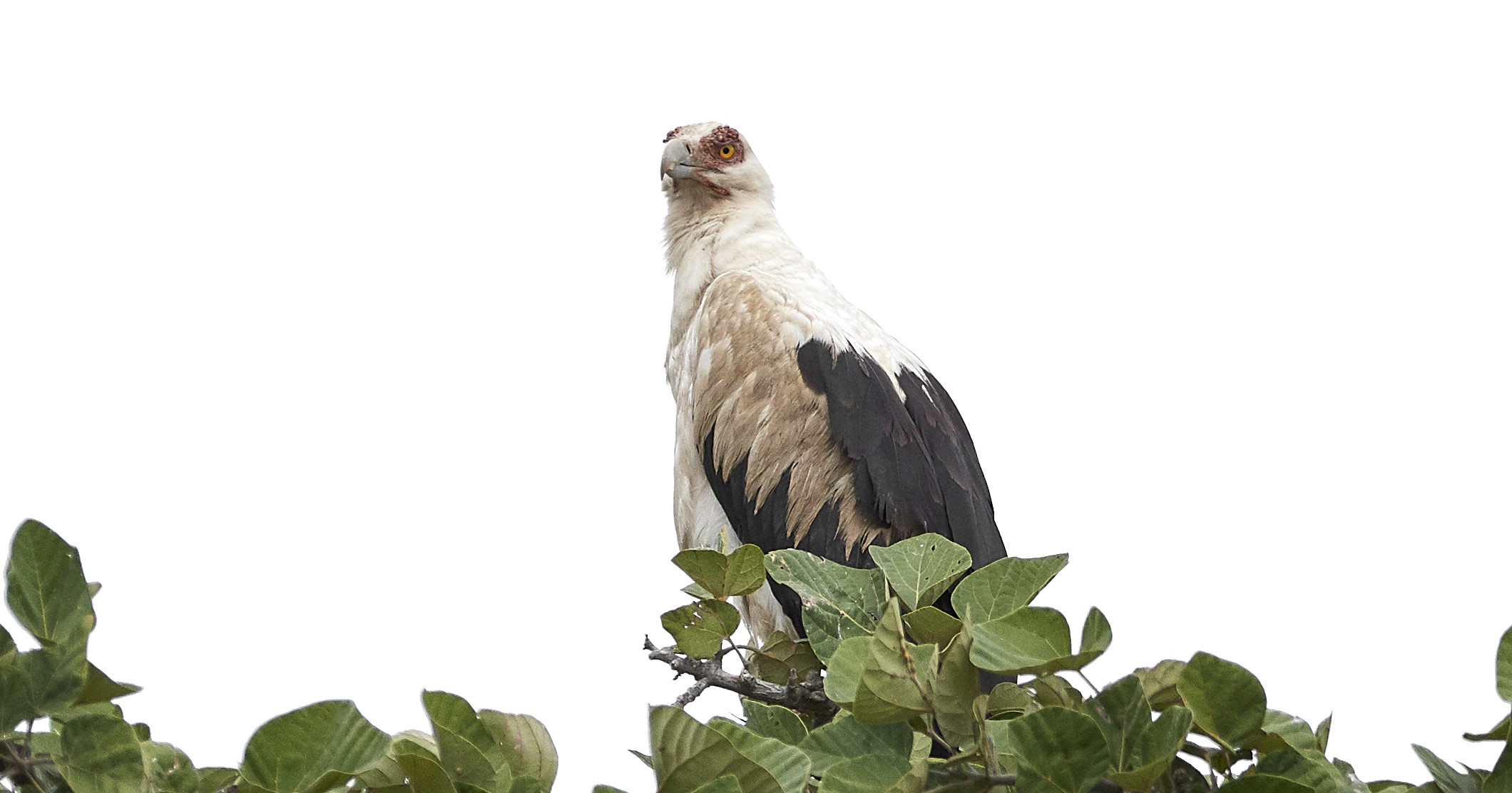
Notable Bird Species
- Shoebill (Balaeniceps rex) – The most sought-after bird in Murchison, commonly seen in the Nile Delta.
- Denham’s Bustard (Neotis denhami) – Found in the grasslands of the Buligi area.
- Red-throated Bee-eater (Merops bulocki) – Colonies nest along the riverbanks.
- Abyssinian Ground Hornbill (Bucorvus abyssinicus) – Frequently observed on game drives.
- Black-headed Lapwing (Vanellus tectus) – Common in open savannah areas.
- Goliath Heron (Ardea goliath) – The largest heron species, seen along the river.
- Pel’s Fishing Owl (Scotopelia peli) – Occasionally spotted at dusk along the Nile.
The park’s birding value lies in diversity across habitat types.
In the delta, the Shoebill is a top draw. On game drives, you’ll likely see savannah specialists like Abyssinian Ground Hornbill and Denham’s Bustard.
Riverine forest edges add species like the elusive Pel’s Fishing Owl, best spotted at dusk near Paraa.
5. Kibale National Park
Kibale National Park is a top birdwatching destination in Uganda, primarily known for its rich forest avifauna.
With over 375 recorded bird species, including six that are endemic to the Albertine Rift, the park offers exceptional opportunities for sighting rare and elusive forest specialists.
Kibale’s extensive tropical rainforest, interspersed with swamp edges and patches of open woodland, provides a complex ecosystem that supports a diverse range of bird species.
Habitat & Birding Areas
Kibale’s birding experience is centred around its primary and secondary forest zones, with notable sites including:
- Kanyanchu Area – The main access point for forest birding, where mixed flocks are frequently encountered.
- Sebitoli Sector – Located in the northern part of the park, this area offers a different set of forest birds.
- Bigodi Wetland Sanctuary – A community-run reserve adjacent to the park, known for excellent sightings of wetland and forest-edge species.
Notable Bird Species
- Green-breasted Pitta (Pitta reichenowi) – One of Africa’s most elusive birds, best seen in Kibale during early morning hours.
- Abyssinian Ground Thrush (Geokichla piaggiae) – A secretive understory species, often detected by call.
- Blue-breasted Kingfisher (Halcyon malimbica) – Frequently observed along forested watercourses.
- White-naped Pigeon (Columba albinucha) – A canopy-dwelling species restricted to mature forests.
- Yellow-rumped Tinkerbird (Pogoniulus bilineatus) – Recognizable by its persistent call and preference for forest edges.
- Western Nicator (Nicator chloris) – A strong vocalist, best identified by its loud, melodious song.
- Purple-breasted Sunbird (Nectarinia purpureiventris) – Often seen foraging on flowering trees.
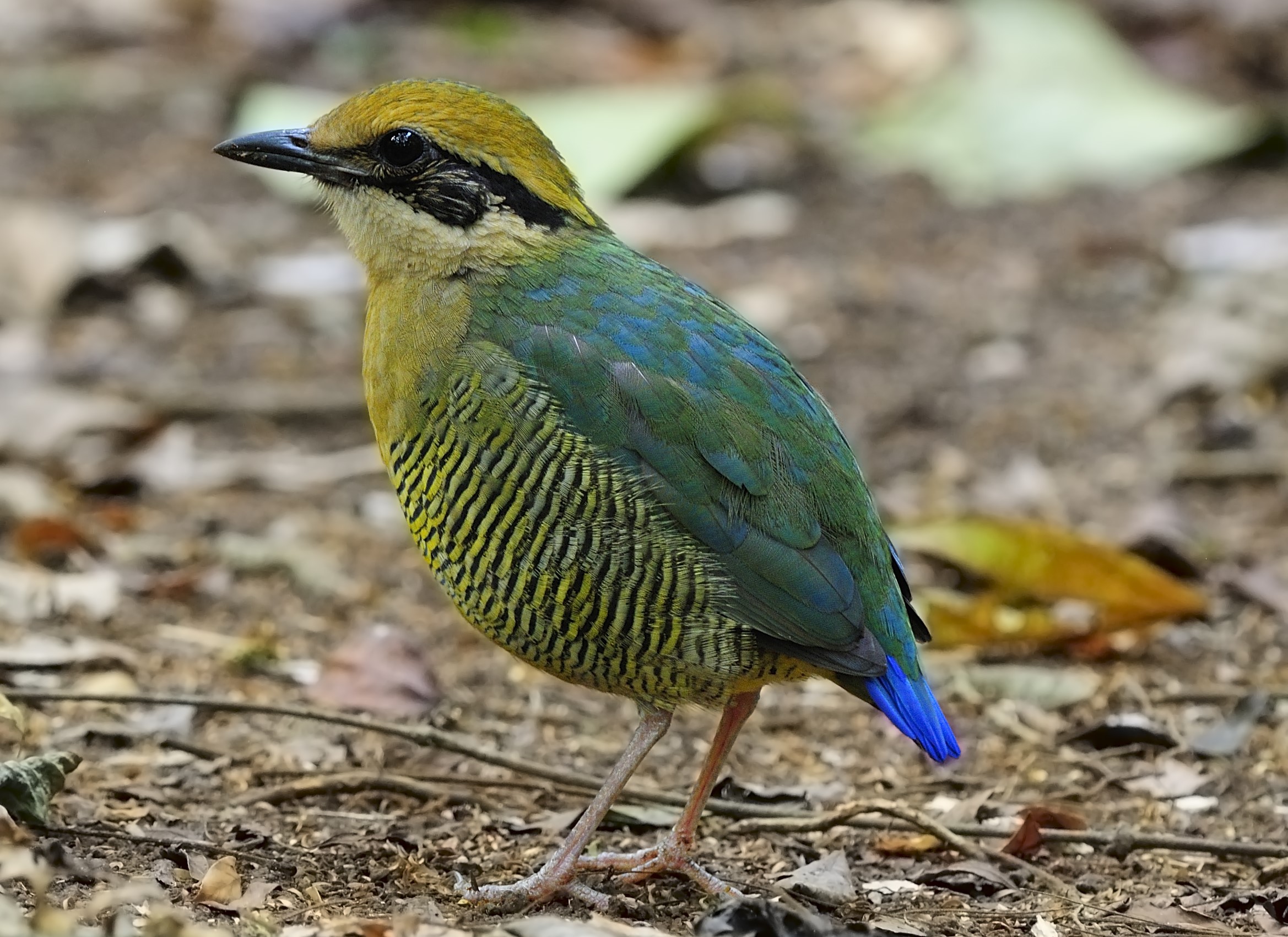
Birdwatching Experience
Kibale is one of the best places in Africa to see the Green-breasted Pitta, a major target species for serious birdwatchers.
This bird’s cryptic behaviour and preference for dense undergrowth make it difficult to spot, but local guides have an excellent success rate in locating individuals during the breeding season (June–August).
Guided walks along Kanyanchu’s forest trails offer opportunities to encounter mixed-species feeding flocks, which can include a high diversity of birds in a short time.
The nearby Bigodi Wetland Sanctuary complements the forest birding experience, adding species such as the Papyrus Gonolek and Great Blue Turaco.
Birding in Kibale requires patience, as many species remain hidden within the thick vegetation. Early mornings and late afternoons provide the best activity levels, and the trails remain navigable even during the wetter months, making Kibale a reliable year-round birdwatching location.
Uganda’s Birding Value in Context
Uganda stands out not just for the number of species it hosts but for the range of birding experiences it offers within a relatively compact landscape.
Its value lies in the intersection of ecological diversity, high species density, and accessibility to habitats that elsewhere might require far more travel or planning.
The variety of settings supports both generalist and specialist birdwatchers.
What also distinguishes Uganda is the presence of several range-restricted and globally significant species.
For birders seeking endemics, the Albertine Rift forests provide opportunities that are difficult to replicate elsewhere.
At the same time, the country’s central location along migratory routes enhances seasonal variation, giving repeat visitors new targets throughout the year.
While Uganda’s birding infrastructure continues to grow, it remains rooted in a field-based experience.
Success often depends on local knowledge, early starts, and the ability to work with what the landscape offers—sometimes rewarding, sometimes challenging, but rarely predictable.
In that way, Uganda remains one of the few places where birdwatching still feels like fieldwork. And for many, that’s exactly the appeal.







